Imagine strolling through your garden and discovering a plant with a superpower: the ability to absorb and store metal in its tissues.
This isn’t science fiction—it’s a real phenomenon that has captured the attention of scientists worldwide.
These remarkable plants, known as hyperaccumulators, can extract metals like nickel and zinc straight from the soil,
offering surprising solutions for environmental cleanup.
Even more astonishing, this metal-munching marvel might already be growing in your own backyard, hiding in plain sight among ordinary greenery.
1. Meet the Metal-Eating Marvel: Phytoremediation Plants
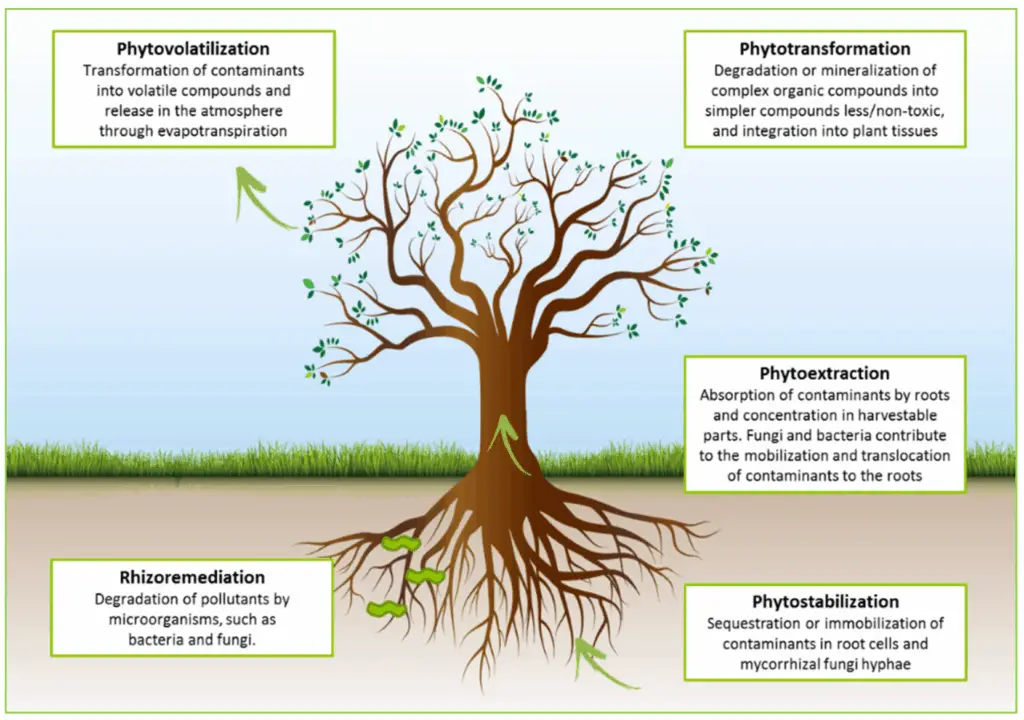
These extraordinary plants are called phytoremediation plants.
They have a unique talent: drawing toxic metals from contaminated soil and locking them safely within their leaves and stems.
This natural clean-up crew helps restore polluted environments, making them safer for wildlife and people alike.
Some species are so effective at absorbing metals that scientists are harnessing them for eco-friendly soil remediation projects around the world.
2. Nickel Hyperaccumulators: Nature’s Metal Sponges
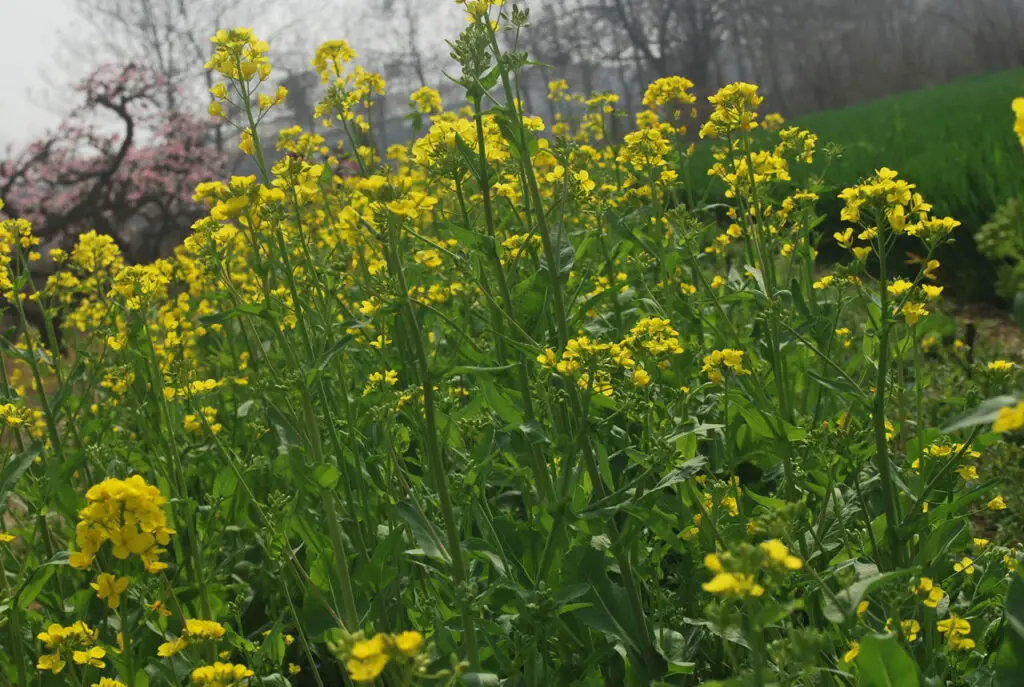
Among phytoremediation plants, nickel hyperaccumulators are true standouts.
These species can store astonishing amounts of nickel—sometimes up to 1,000 times more than ordinary plants—within their tissues.
By soaking up nickel from the soil, they not only shield themselves from the toxic effects but also help cleanse contaminated land.
To dive deeper into this fascinating adaptation, visit National Geographic.
3. The Surprising Star: Alyssum

One of the most astonishing nickel hyperaccumulators is Alyssum, a humble plant often found in home gardens. Despite its delicate appearance, Alyssum can accumulate impressively high levels of nickel, making it a vital ally in soil cleanup efforts. This unassuming garden favorite is now recognized as a powerful tool for environmental restoration. Curious about Alyssum’s secret powers? Read more at The Guardian.
4. How Metal Uptake Works

These plants use specialized proteins and cellular pathways to absorb metals from the soil and transport them safely into their tissues.
They convert harmful metals into less toxic forms, storing them in vacuoles or cell walls.
This clever adaptation allows them to thrive in metal-rich environments without suffering toxic effects.
For a deeper dive, see Nature.
5. Not Just Nickel: Other Metals Consumed
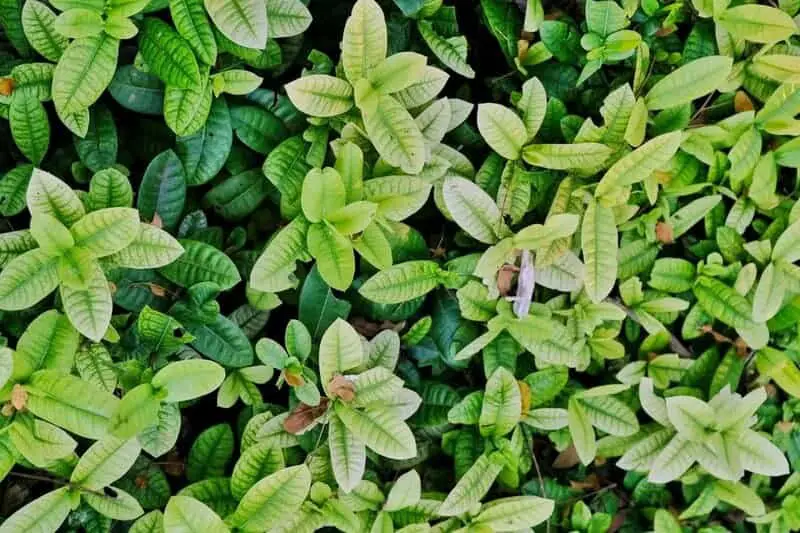
While nickel gets much of the spotlight, some hyperaccumulator plants go even further.
Certain species can also absorb zinc, cadmium, and rare earth elements from the soil, making them valuable for cleaning up a variety of contaminants.
This remarkable diversity broadens their potential for environmental restoration and mining waste remediation.
To explore the full range of metals these plants handle, check out this Springer research.
6. Sunflower Power

Sunflowers are more than just beautiful—they’re global heroes in soil cleanup.
These bright blooms have been planted at sites of nuclear disasters and heavy metal spills, where their roots absorb toxic metals from the ground.
Their impressive capacity to purify soil has made them a symbol of hope and resilience.
Learn more about sunflowers’ role in remediation at the BBC.
7. Pennycress: The Edgy Edible
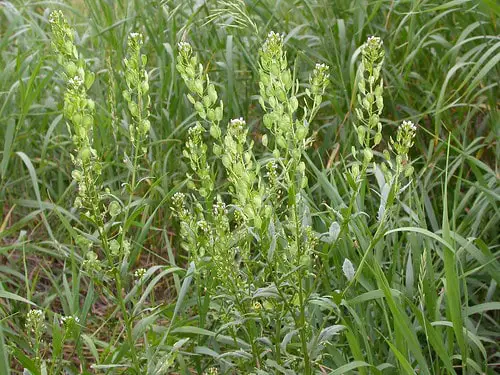
Pennycress is a wild plant that wears two hats—it’s being developed as an edible crop and is also known for its ability to absorb heavy metals from the soil.
This dual purpose makes pennycress both a promising food source and a natural tool for environmental cleanup.
Find out how pennycress is being bred for bigger impact at the USDA.
8. Ferns That Feast on Arsenic
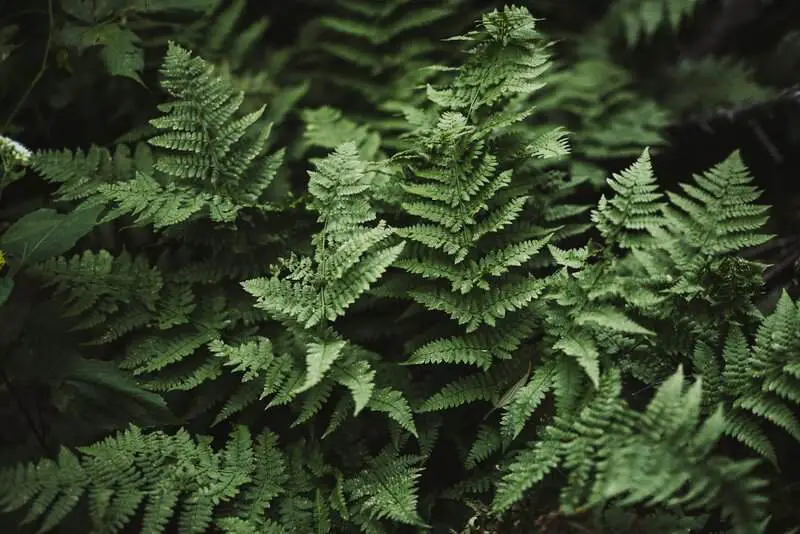
The Chinese brake fern has earned fame for its ability to absorb and store high amounts of arsenic from polluted soils. This remarkable plant is now used to help detoxify hazardous areas, preventing arsenic from leaching into water supplies. For a closer look at how this fern helps protect communities, read more at Science.
9. The Science of Hyperaccumulation
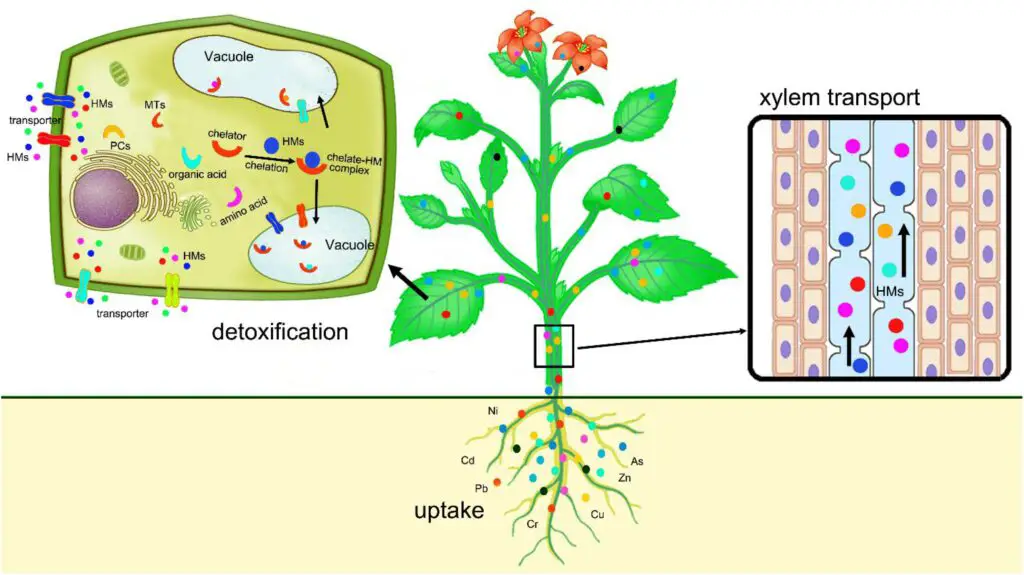
Hyperaccumulator plants have evolved unique genetic and physiological traits that set them apart.
They possess specialized transport proteins, enhanced detoxification systems, and the ability to sequester metals in safe parts of their cells.
These adaptations are the result of millions of years of evolution in harsh, metal-rich environments.
Discover more about the fascinating science behind hyperaccumulation at Frontiers in Plant Science.
10. Why Plants Eat Metal: Defense and Survival
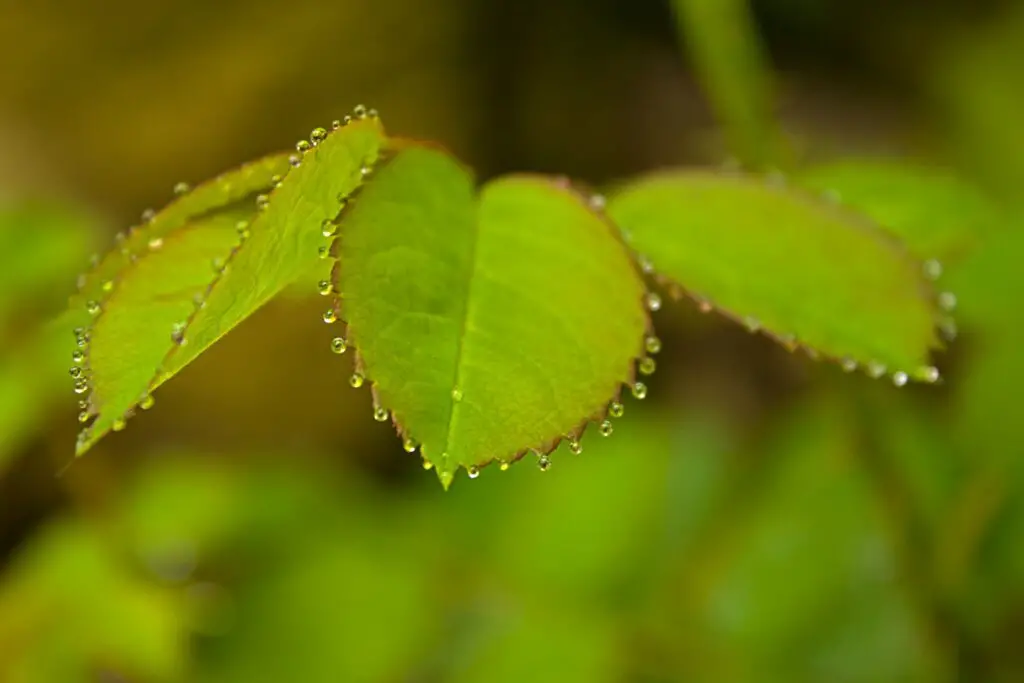
Metal accumulation offers plants more than just environmental resilience—it’s also a powerful defense mechanism.
By storing toxic metals in their tissues, these plants deter hungry insects, grazing animals, and even some diseases.
This clever survival strategy gives them a distinct edge in challenging environments.
For further insight, see this ScienceDirect research.
11. Harvesting Metals: The Promise of Phytomining
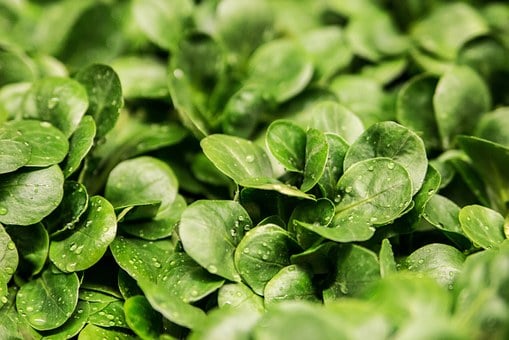
Amazingly, some scientists are now exploring phytomining—the practice of growing metal-accumulating plants and then harvesting them for their stored metals.
This innovative approach could provide a cleaner, less disruptive alternative to conventional mining techniques.
With phytomining, we can extract valuable metals from poor soils while restoring the land at the same time.
Learn more about this green technology at Scientific American.
12. The Real-Life Gold Rush: Indian Mustard
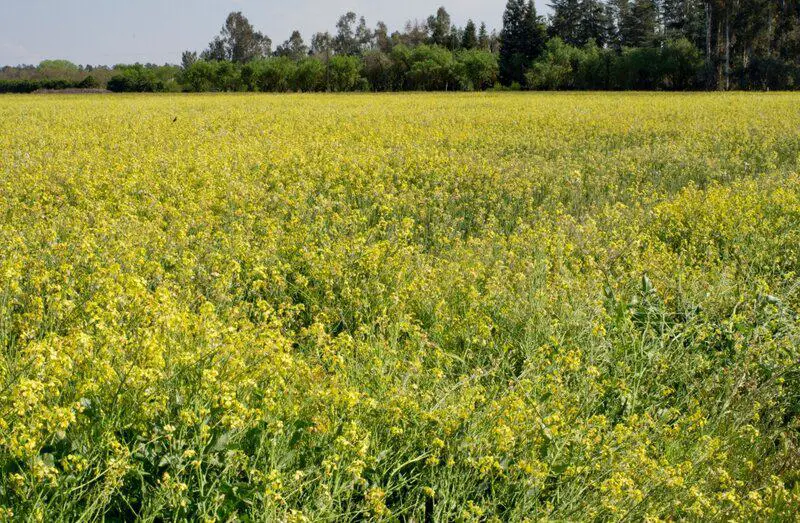
Indian mustard isn’t just a flavorful kitchen staple—it’s also a superstar in phytomining.
This versatile plant can absorb gold and other heavy metals from contaminated soils, offering an eco-friendly method for both cleanup and precious metal recovery.
To see how Indian mustard is reshaping the world of mining, visit Smithsonian Magazine.
13. Backyard Potential: Common Metal-Eating Plants Near You
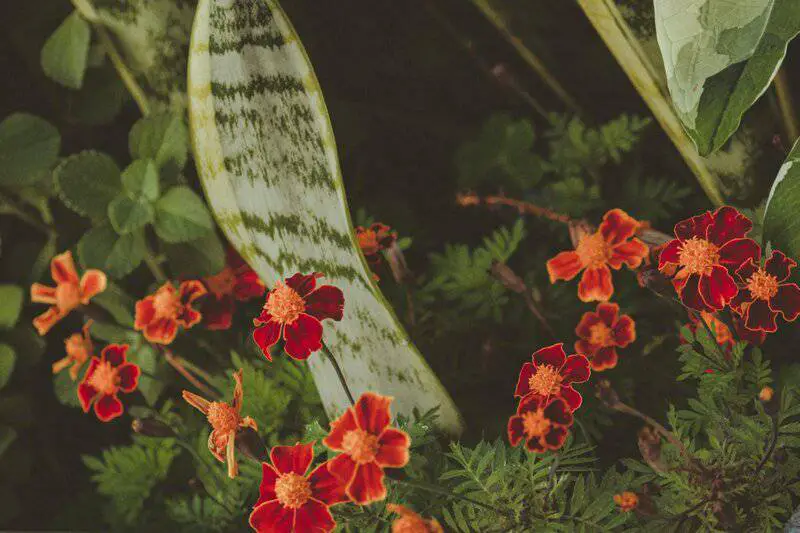
You might be surprised by the metal-eating wonders hiding in plain sight.
Species like Alyssum, pennycress, and even certain types of willow and poplar are found in gardens and wild spaces around the world.
Look for small, hardy plants with silvery or fuzzy leaves.
Discover how to identify these local hyperaccumulators at Plantlife UK.
14. Environmental Impact and Clean-Up

By absorbing heavy metals and toxins, these plants play a crucial role in restoring polluted environments.
They reduce toxic runoff, enhance soil quality, and help revive damaged ecosystems.
Their natural remediation powers support healthier communities and more resilient landscapes.
For more on their role in environmental cleanup, see the EPA’s guide.
15. Limitations and Challenges
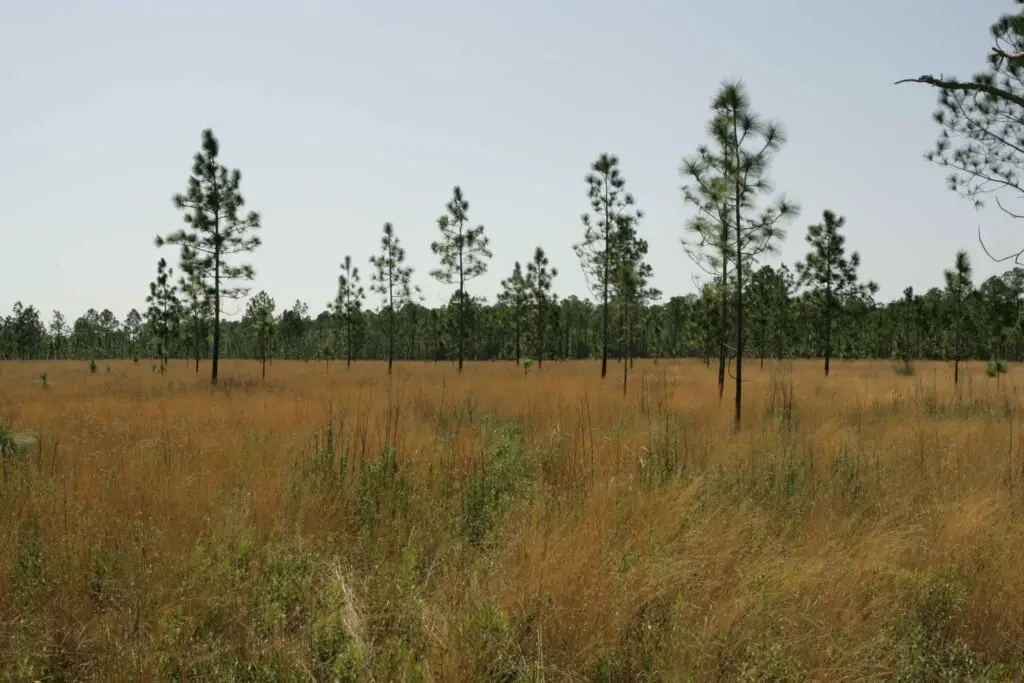
Despite their promise, metal-absorbing plants face several challenges.
They often grow slowly, absorb metals at limited rates, and require careful handling once harvested to prevent re-releasing toxins.
Additionally, the disposal or processing of contaminated plant material poses logistical hurdles.
To explore these limitations further, read more at Environmental Science & Technology.
16. Phytoremediation in Action: Real-World Examples
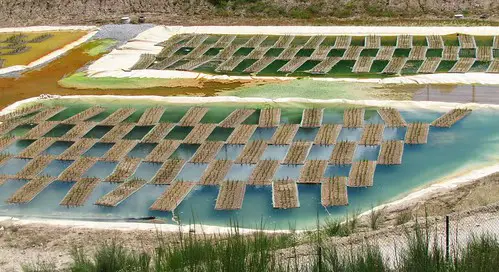
Across the globe, phytoremediation has transformed contaminated sites into healthy landscapes.
From industrial wastelands in Europe to post-disaster zones in Japan, metal-absorbing plants have been used to remove toxins and restore ecological balance.
These success stories highlight the real potential of plant-based cleanups in tackling pollution.
Read inspiring case studies at the United Nations Environment Programme.
17. The Future of Metal-Eating Plants
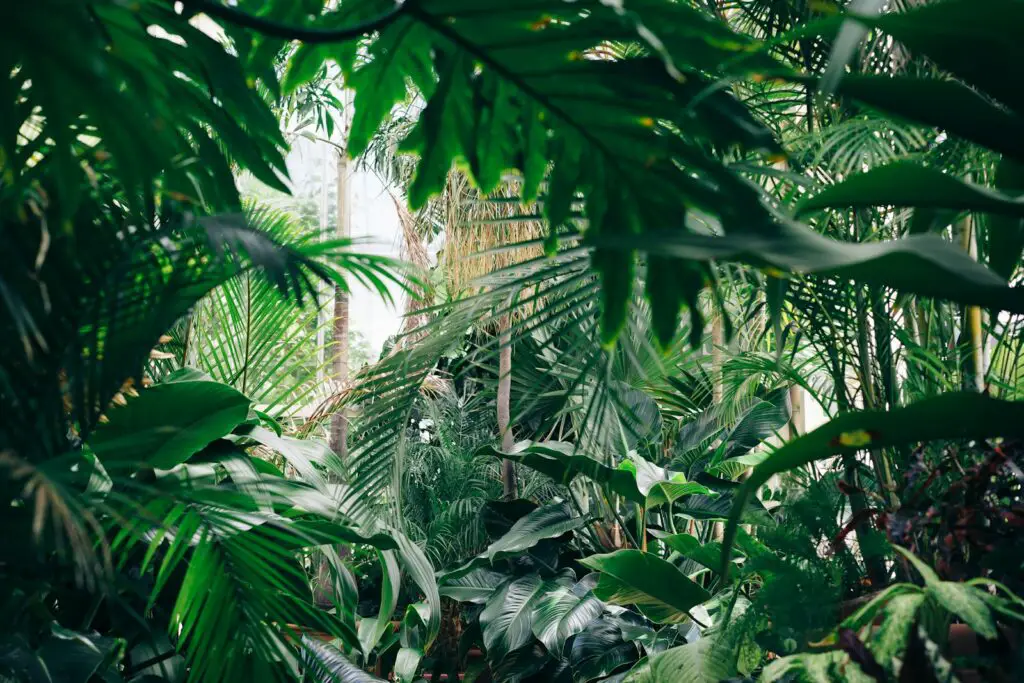
Researchers are exploring ways to boost the efficiency and capacity of metal-eating plants using genetic engineering and selective breeding. The goal is to create super-accumulators capable of cleaning larger areas, faster and more effectively. These advances could revolutionize environmental cleanup on a global scale. For the latest developments, see research at Nature Reviews Genetics.
18. Are They Safe to Grow?

While hyperaccumulators offer environmental benefits, safety is key—especially if you have children or pets.
It’s important to avoid eating or composting plants that have absorbed toxins and to prevent accidental ingestion.
For best practices and safety tips, consult the Royal Horticultural Society before growing these unique species in your yard.
19. Getting Started: How to Grow Your Own
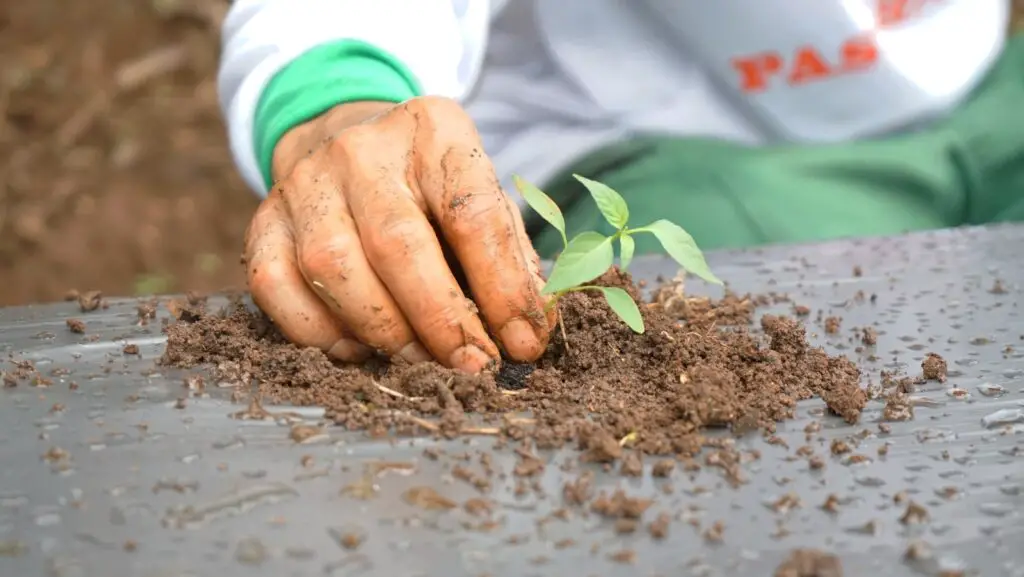
Interested in growing your own metal-eating marvels?
Choose species like Alyssum or pennycress and plant them in well-drained, slightly alkaline soil for best results.
Be sure to provide plenty of sunlight and regular watering.
For step-by-step planting and care instructions, check out this beginner’s guide at Gardeners’ World.
20. The Broader Implications: Sustainability and Beyond

Metal-eating plants are paving the way for a more sustainable future.
Their use ranges from eco-friendly mining and land restoration to making agriculture safer on marginal soils.
These green innovations are reshaping how we think about pollution and resource recovery.
Explore their full impact on sustainability at the World Economic Forum.
Conclusion
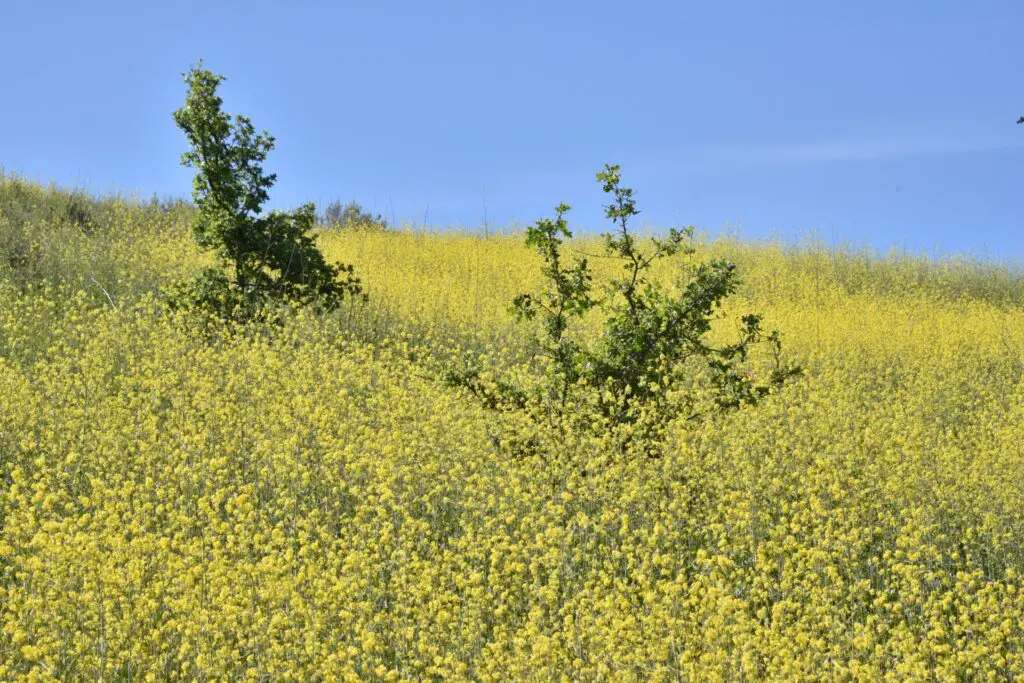
Metal-eating plants are more than just scientific curiosities—they represent a powerful, natural solution to some of our most pressing environmental challenges.
Their ability to absorb and store metals offers hope for cleaner soils, restored landscapes, and greener mining techniques.
As research advances, these remarkable plants could play an even bigger role in building a sustainable future.
Perhaps it’s time to look a little closer at your own backyard—you might be sharing space with nature’s unsung environmental heroes.

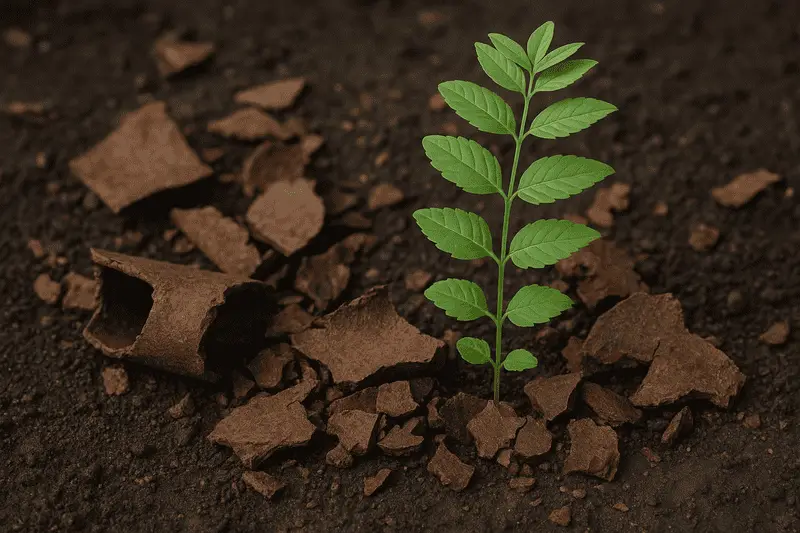

Vielleicht interessiert es Sie:
Wussten Sie! Minensuchratten auf dem Schlachtfeld und sie sind super effektiv!
Wie viele Giraffenarten gibt es? Leben sie alle in Afrika?
Der Vogel ist das Weibchen der Vögel: wahr oder falsch?
Warum bauen Biber Dämme? Welchen Nutzen?
Warum leben manche Tiere nachtaktiv? Welche Vorteile?
Küssen Tiere? Ist das die gleiche Bedeutung wie Menschen?
200+ Hilarious Seahorse Jokes That Will Make You Smile and Giggle
200+ Funny Investment Jokes to Boost Your Financial Humor Game